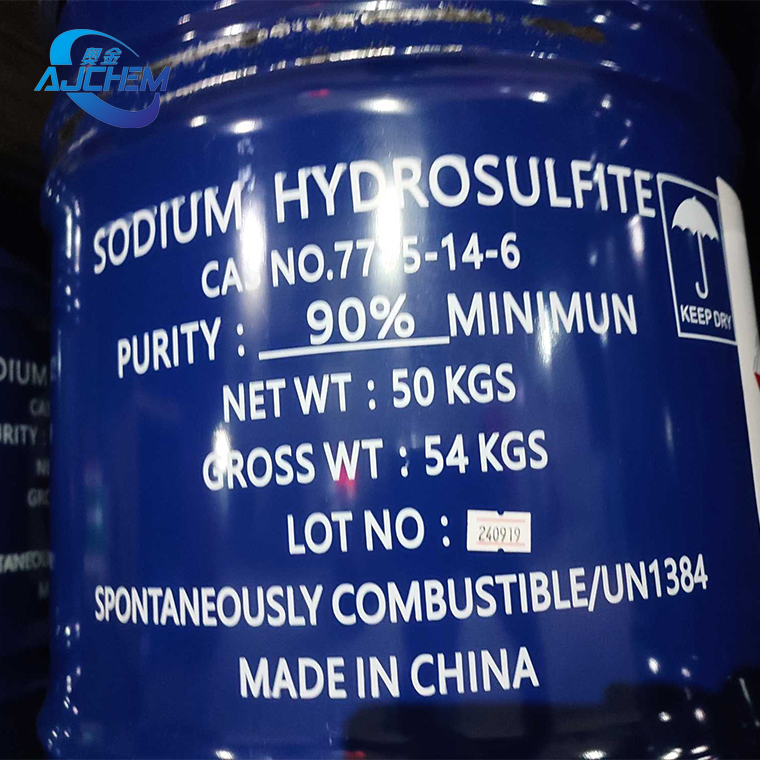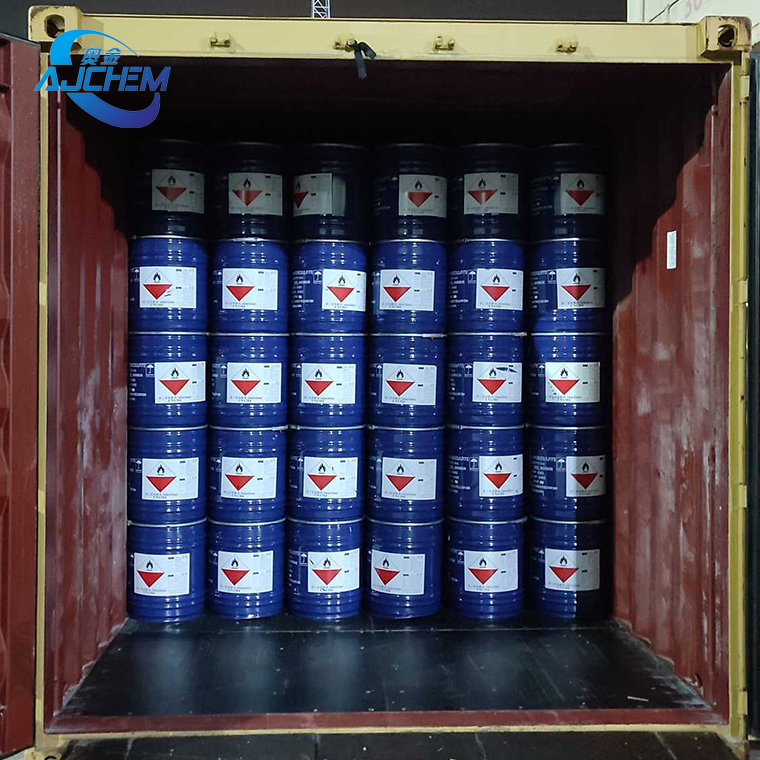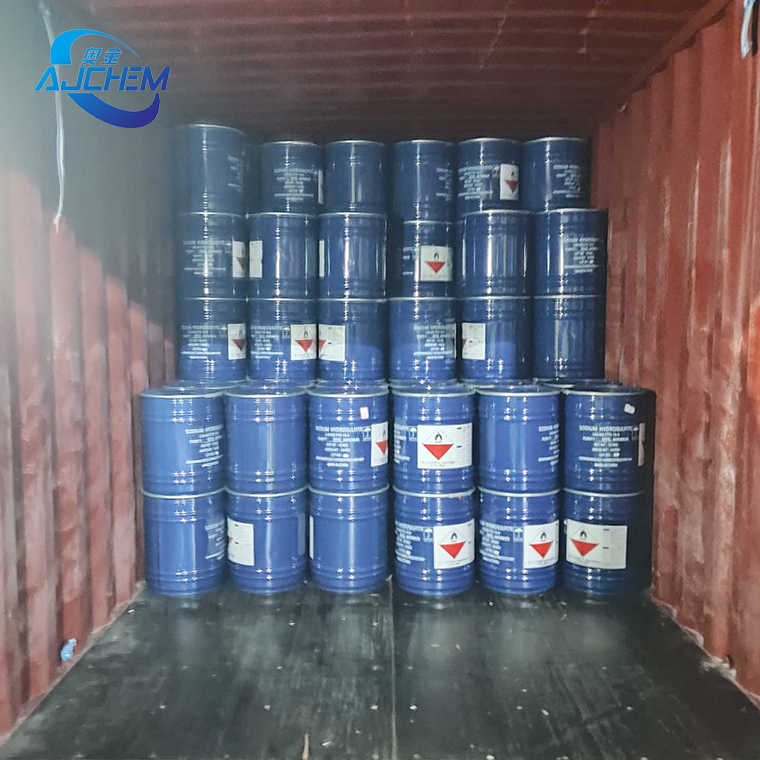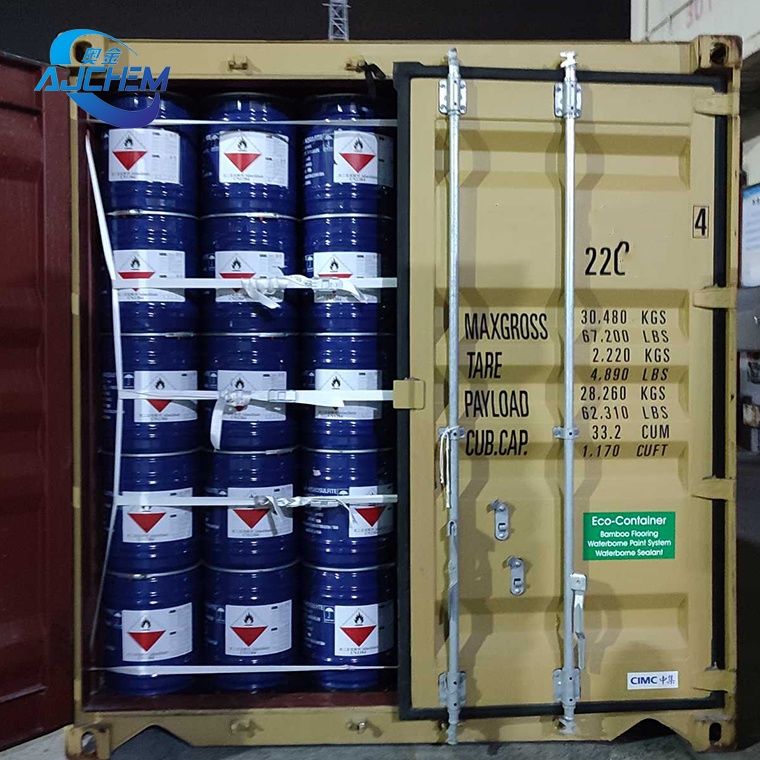Sodium Hydrosulfite 90%
50KG Ingoma, 22.5Tons / 20'FCL Nta Pallets
2`FCL, Icyerekezo: Misiri
Witegure Koherezwa ~




Porogaramu:
1. Kubera ko sodium hydrosulfite idafite ibyuma biremereye, ibara ryigitambara cyahumanye ni cyiza cyane kandi nticyoroshye gushira.
2. Sodium hydrosulfite irashobora kandi gukoreshwa muguhumanya ibiryo, nka gelatine, sucrose, imbuto za bombo, nibindi, hamwe nisabune, amavuta yinyamanswa (ibimera), imigano, ibumba rya farashi.
3. Mu rwego rwo guhuza ibinyabuzima, sodium hydrosulfite ikoreshwa nkibintu bigabanya cyangwa imiti igabanya ubukana mu gukora amarangi n’imiti, cyane cyane nk'ibikoresho byo guhumura ibiti byo gutema ibiti.
4. Sodium hydrosulfite irashobora kugabanya ion nyinshi ziremereye nka Pb2 +, Bi3 +, nibindi byuma mugutunganya amazi no kurwanya umwanda, kandi birashobora no gukoreshwa mukubungabunga ibiryo n'imbuto.
Akaga
Umuriro:Sodium dithionite nicyiciro cya mbere cyaka umuriro iyo gitose ukurikije ibipimo byigihugu. Izabyitwaramo nabi iyo ihuye n’amazi, ikabyara imyuka yaka nka hydrogen sulfide na dioxyde de sulfure, ikanarekura ubushyuhe bwinshi. Ikigereranyo cya reaction ni: 2Na2S2O4 + 2H2O + O2 = 4NaHSO3, nibicuruzwa bikomeza kubyara hydrogène sulfide na dioxyde de sulfure. Sodium dithionite ifite intera iringaniye ya sulfure, kandi imiti yacyo ntabwo ihagaze. Irerekana imbaraga zikomeye zo kugabanya. Iyo ihuye na acide ikomeye ya okiside, nka acide sulfurike, aside perchlorike, aside nitricike, aside fosifori nandi acide ikomeye, byombi bizagira redox reaction, kandi reaction irakaze, irekura ubushyuhe bwinshi nibintu byuburozi. Ikigereranyo cyacyo ni: 2Na2S2O4 + 4HCl = 2H2S2O4 + 4NaCl
Gutwika bidatinze:Sodium dithionite ifite ingingo yaka ya 250 ℃. Bitewe no gucana kwayo, ni icyiciro cya mbere cyaka cyane (aho gutwika muri rusange kiri munsi ya 300 and, naho flash point ya point yo gushonga iri munsi ya 100 ℃). Biroroshye cyane gutwika iyo uhuye nubushyuhe, umuriro, guterana n'ingaruka. Umuvuduko wo gutwika urihuta kandi ibyago byo kuzimya umuriro ni byinshi. Gazi ya hydrogène sulfide gaze ikorwa mugihe cyo gutwikwa irashobora kandi gutera ahantu hanini cyane, bikongerera umuriro.
Igisasu:Sodium dithionite ni ifu yumuhondo yoroheje. Ibintu byifu byoroshye gukora imvange iturika mukirere. Umukungugu uturika iyo uhuye ninkomoko yumuriro. Uruvange rwa sodium dithionite na okiside nyinshi, nka chlorate, nitrate, perchlorate, cyangwa permanganate, biraturika. Ndetse n'amazi ahari, araturika nyuma yo guterana gato cyangwa ingaruka, cyane cyane nyuma yo kubora k'umuriro, gaze yaka umuriro nyuma yo kubyitwaramo igeze aho iturika, noneho ibyago byo guturika bikaba byinshi.
Igihe cyo kohereza: Ukwakira-21-2024











